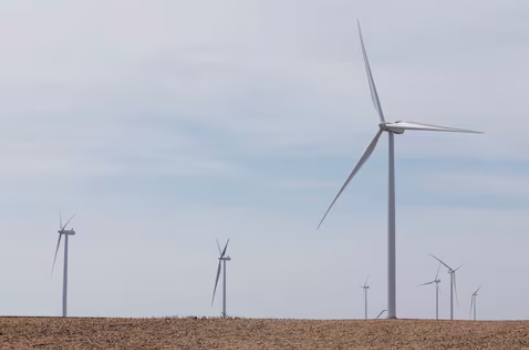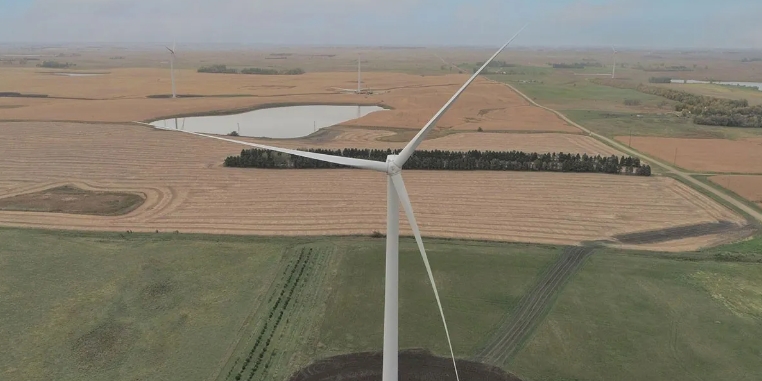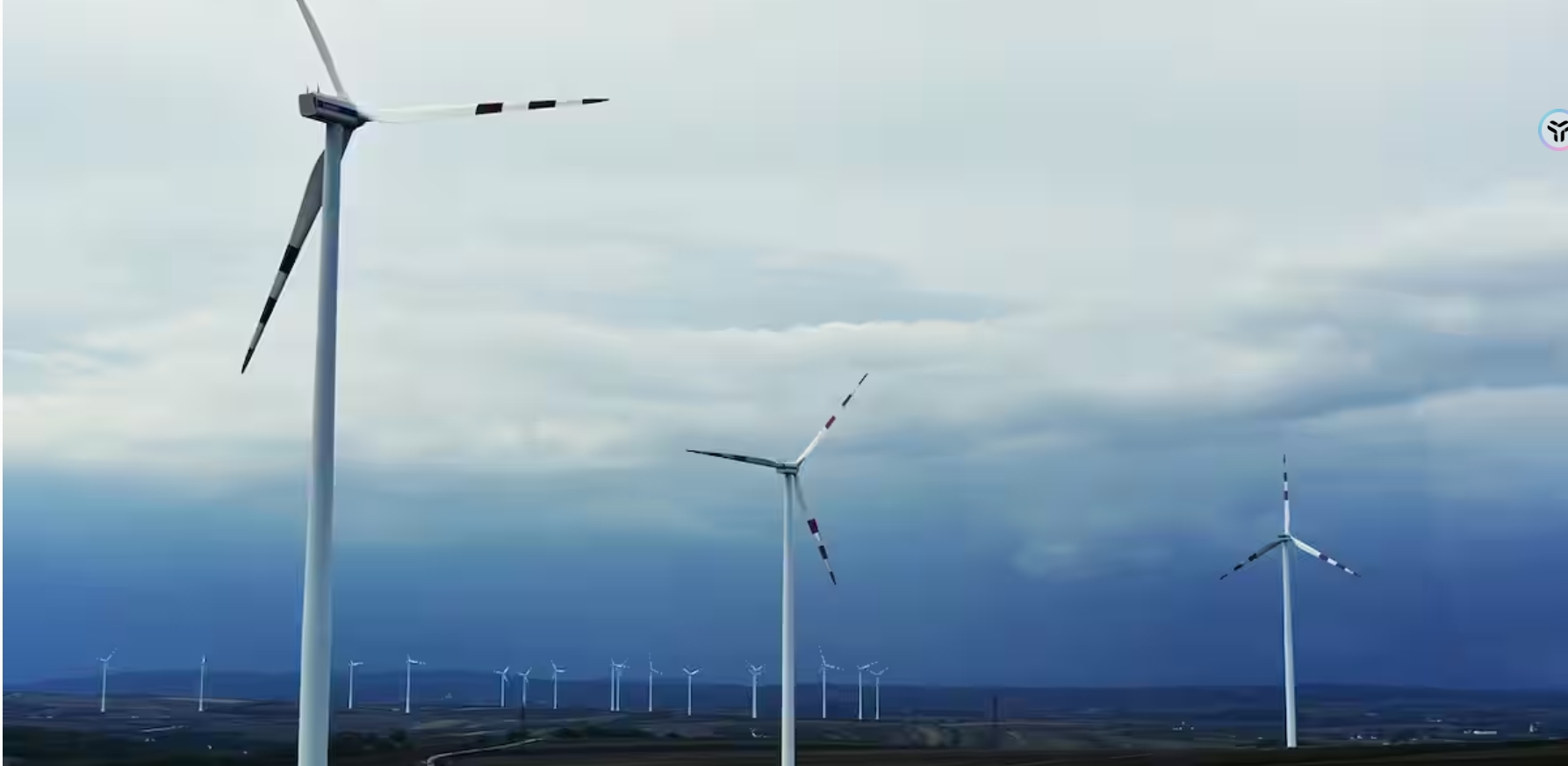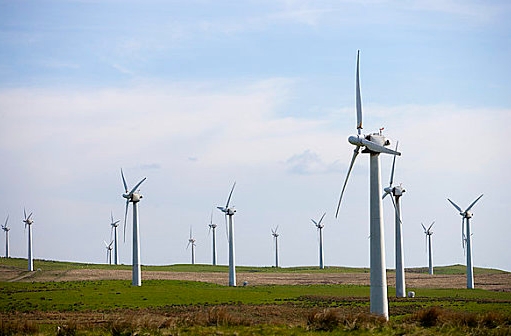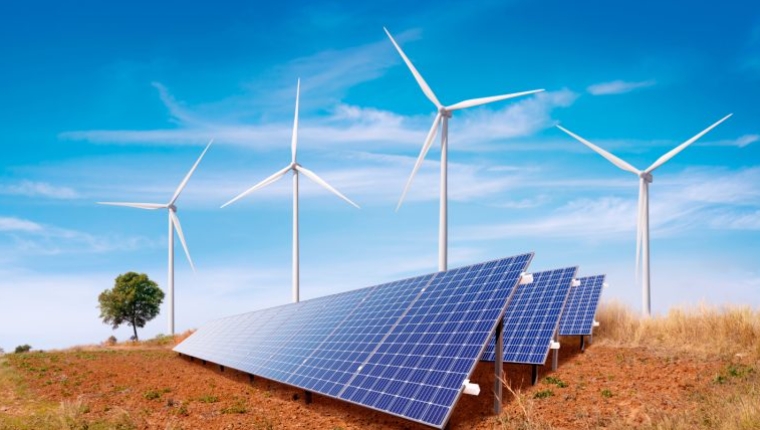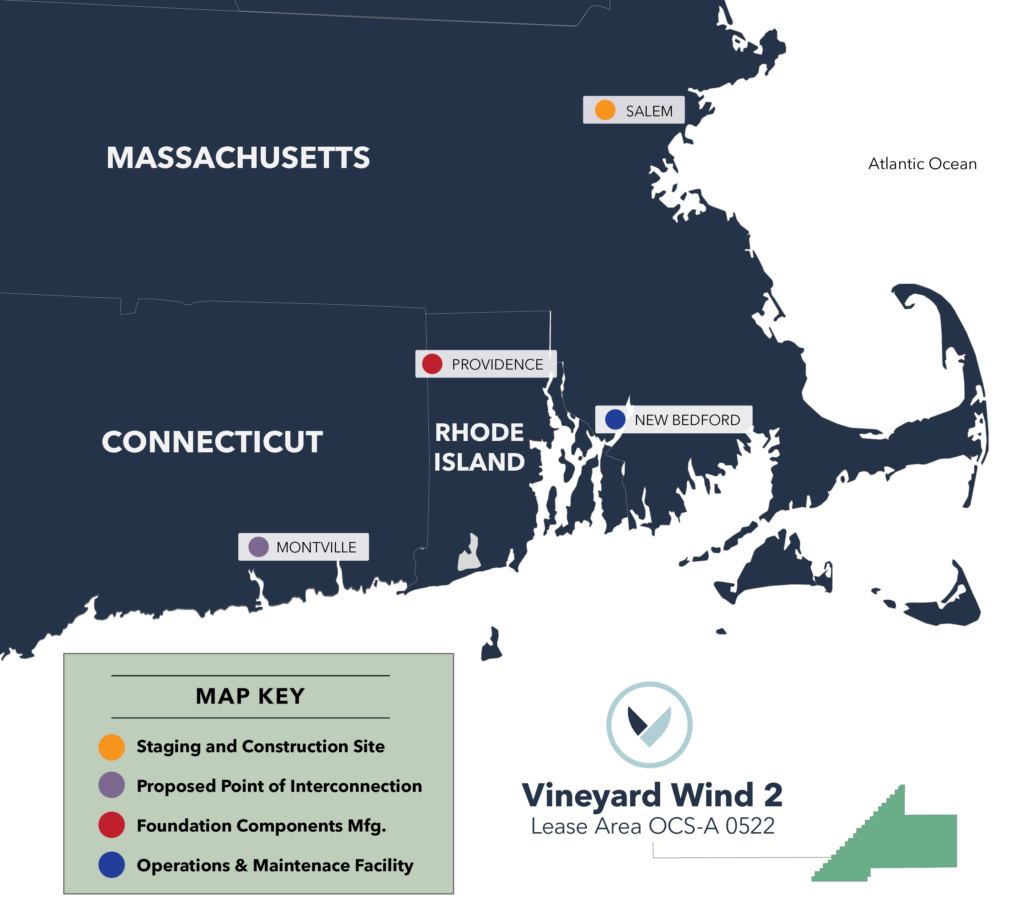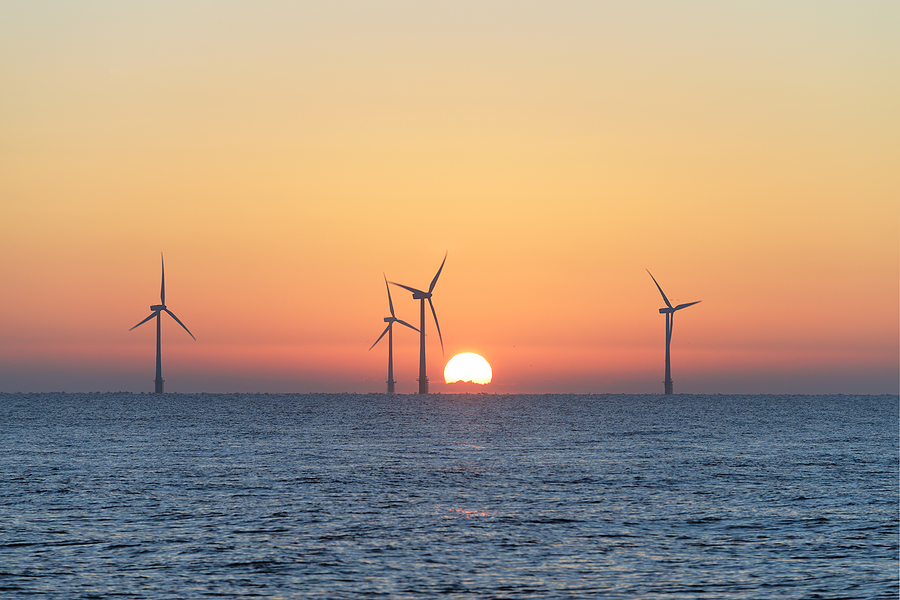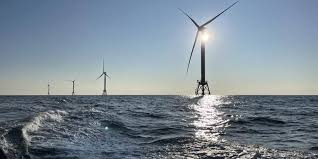The IRP 2019 maintains room for additional capacity from coal-fired power plants through the inclusion of 750 MW in 2023 and 750 MW in 2027.
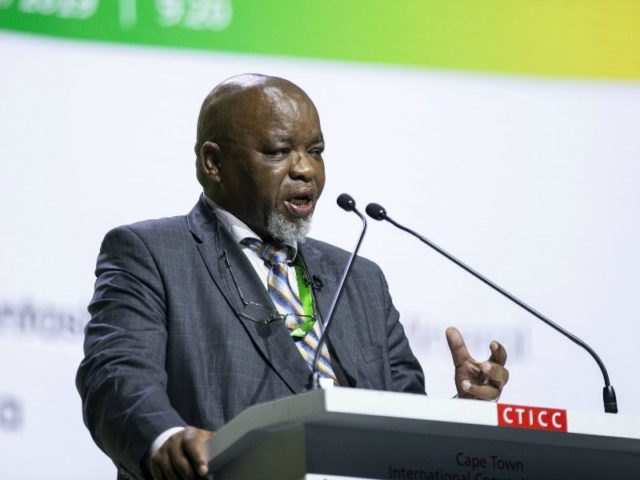 Gwede Mantashe
Gwede Mantashe Statement from the Minister of Mineral Resources and Energy, Gwede Mantashe :
We are delighted as the Department of Mineral Resources and Energy (DMRE) to host the global launch of the IEA Coal 2019 Report.
The IEA Coal 2019 Report provides an analysis and forecast of global coal trends to 2024, and is a key event in the IEA annual schedule of Global Report launches.
This launch also constitutes a major event for South Africa in our efforts to foster an ongoing and balanced dialogue, in support of the recently approved Integrated Resource Plan 2019 (IRP2019), and energy planning in general.
Secure, reliable energy supply is a catalyst for economic growth and development.
Among my key priorities when I was appointed to the now merged minerals and energy portfolio, was the need to ensure that the IRP was finalised and gazetted before the end of this year.
This would bring certainty not only to the sector, but to the economy.
This process has now been concluded.
As the Ministry responsible for providing energy policy for the country, it is important for us to keep security of supply at the back of our minds in all our deliberations and planning.
The current polemical nature of the debate on which source of energy technology is better than another, is not helpful to the process. It should not be about coal vs renewables vs nuclear, but rather about an energy mix that uses all available resources to achieve this mandate.
We have moved with the necessary speed to ensure the implementation of the IRP, particularly given the current challenges faced by Eskom. We have published a Request for Information (RFI), which will assist us to analyse options to enable the procurement of 2,000 to 3,000 MW of power generation capacity that can be connected to the grid in the shortest time, at the least possible cost. We call on the sector to assist us in this regard.
We have also commenced discussions with the Independent Power Producers to establish which of the Bid Window 4 projects, originally scheduled to come on stream in 2023, can be brought on stream from February 2020.
As you would know, the IRP 2019 recognises coal as part of the South African energy mix, and projects that the mineral will remain a key energy source to generate electricity in South Africa by 2030, with a strong uptake of renewable energy and other complementary energy sources and technologies, including gas.
The IRP 2019 – inter alia - maintains room for additional capacity from coal-fired power plants through the inclusion of 750 MW in 2023 and 750 MW in 2027, which is preferred to comprise of high-efficiency, low-emissions technologies.
South Africa has reduced its reliance on coal for generating electricity from over 90% to just over 75% over the past few years. Coal faces pressure from several areas, including access to funding for coal projects, decommissioning of ageing power plants, and key trading partners aiming for coal sovereignty.
We are of the firm view that the country’s transition to cleaner sources of electricity should be systematic and done in a manner that is mindful of social, economic as well as environmental considerations.
Coal-sector workers do not only have a positive impact on the welfare of their communities through direct compensation, but also through the indirect and induced income earning potential in broader formal and informal economic activities historically made possible by the coal sector.
Entire towns and settlements exist around coal mining areas, and as such, our focus must be on how to mitigate the impact of coal sector downscaling and closures.
As the DMRE, it is therefore our responsibility to play a leading role and participate in the ‘just transition’ debate. In recognising that there are different energy transition paths for different countries, it is important for all stakeholders to guard against promoting policies (including through funding) that support a specific transition path, and therefore certain technologies, while excluding others.
We remain resolute in our conviction about the importance and role of all energy carriers in our energy mix. South Africa, and indeed Africa is endowed with primary energy resources and as such should develop them for the benefit of its inhabitants.
As much as we intend to utilise the sun and wind resources we have, we intend to continue to use our fossil fuel resources, and to increase investment in the use of clean coal technologies. We are not consumed by denialism when it comes to challenges of climate change.
We must reiterate that the South African government is committed to decreasing greenhouse gas emissions and to our commitments under the Paris Agreement, in line with our nationally determined contributions.
Our goal is to pursue a cleaner, technologically advanced, low-cost and reliable energy system that not only contributes to environmental sustainability, but also to improved social welfare and economic growth.
We are of the view that technological change should be pursued without exacerbating electricity prices by more than would otherwise be the case, given the impact of rising prices on South Africa’s entire economic and industrial structure, as well as the livelihoods therein.
To mitigate against health impacts, industry compliance with air quality legislation must be ensured, including through the implementation of cleaner coal technologies, such as carbon capture, utilisation and storage (CCUS).
Such plant retrofits should be implemented cost-effectively and in consideration of both economically available alternatives and envisioned social consequences.
In 2009, the South African National Development Energy Institute (SANEDI) created the South African Centre for Carbon Capture and Storage, which is funded by the South African government, the World Bank, the European Union, Eskom and private sector companies such as Anglo American.
The Centre is mandated to explore carbon capture and storage in South Africa and has made good strides in research into carbon capture and storage (CCS) and its potential use through the collaboration.
We will be stepping up our efforts in this area, including through SANEDI’s recent membership of the Global CCS Institute and our continuing participation in the carbon capture, utilisation and storage work of the IEA.
In conclusion, I wish to thank the IEA again for your decision to partner with us on this launch. Like yourselves, we firmly believe that there is a role for all fuels and technologies in the energy mix.
We must have a Just Energy Transition, and our debates and dialogue must be multi-layered and inclusive, considering the unique and historical realities of the South African economy and energy sector. We must ensure a balanced and comprehensive approach that leaves no one behind.
